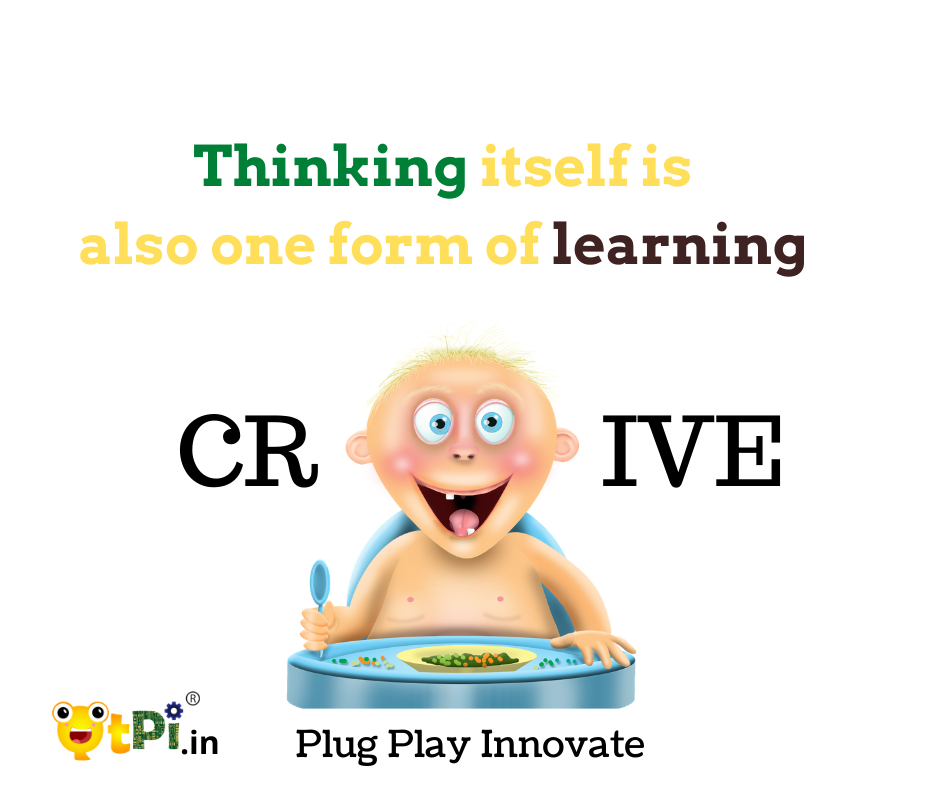Part 1
Inventions are opportunities to make humans better. Either we embrace it or wait till it becomes part of our lives. Online learning comes with the opportunity to learn with others and interactions does happen. The intent is not to compare with in-person format or take on pros and cons. The intent is however to understand the larger scope of learning. The online learning brings intentionally or unintentionally through search pages, social media posts, videos and others. The learners are educated (to at least informed) with more than one teacher. Long, long ago learning happened through time and space by a person to another person, for examples, messengers, cave paintings, tools, songs etc. Any learning ecosystem is of knowledge creators and knowledge constructors. The skills of the 21st century we talk today are of ancient times however they have got a structure to it. If one has to ask how paintings helped in learning, the argument isn’t just for archeologists or history admirers. Such work has enabled “thinking” and its related one form of learning (cognition) even distinctively if argued. The scope of ‘reading paintings’ help to understand the reading isn’t constrained to words. Plus thinking itself is also a form of learning. We admire learning through words as we relate to its shared meanings and purposes and the same holds good for other forms of learning too. Writing as a technology is separated in both space and time. However, the connection in learning through writing isn’t complex as learning that happens through art forms like cave painting.
Edtech companies and parents of today have an opportunity to understand and work on structured 21st century skills. As skills are reflection of a collective, learned culture whether prototypical or fully formed. Present form of learning, let's take an example of a text to speech app that existed in the past as well. The messages that were read aloud in public gatherings is a form of communication of one-to-many. The invention of the printing press changed the scale and magnitude of learning. Such invention brought in social life otherwise it was asocial.
In part 2, we will explore how the rise of invention has continued to help the space of learning.
